Multitrack Recording for Bands
The term ‘Multitrack Recording’ may sound rather antiquated, but how do we use the same techniques to track musicians in a modern context?
In this Article:
Multitrack Recording
When multitrack recording was first discovered by Les Paul in the late 1940s, it was the dawn of a new era. The acoustic recording days of crowding around a single microphone would soon be over, and manufacturers like Ampex began developing new technology to meet the demands of the music industry.
One of the key features of multitrack recording, which we still use today, is overdubbing. At first, it was seen as a kind of spooky magic trick because it allowed a single performer to layer takes and create harmonies or counter melodies that sounded like an ensemble of musicians rather than a soloist.
This was revolutionary, of course, because it allowed musicians, composers, and producers to imagine a roll of magnetic tape as a canvas on which a range of sonic brush strokes could be applied. Almost immediately, recording was elevated as an art form, and in the 1960s, producers like Sir George Martin pioneered ways of building records using tape loops rather than live musicians, as we saw with the genius of Tomorrow Never Knows.
Multitrack Recording: Doing It In Your DAW
Whether you use a mixing desk or not, the number of inputs on your audio interface will determine how many microphone and instrument signals you can record at once. This set of limitations can be a good thing because it forces you to be strategic, so when it’s time to record your rhythm section, you know exactly which channels you’ll need.
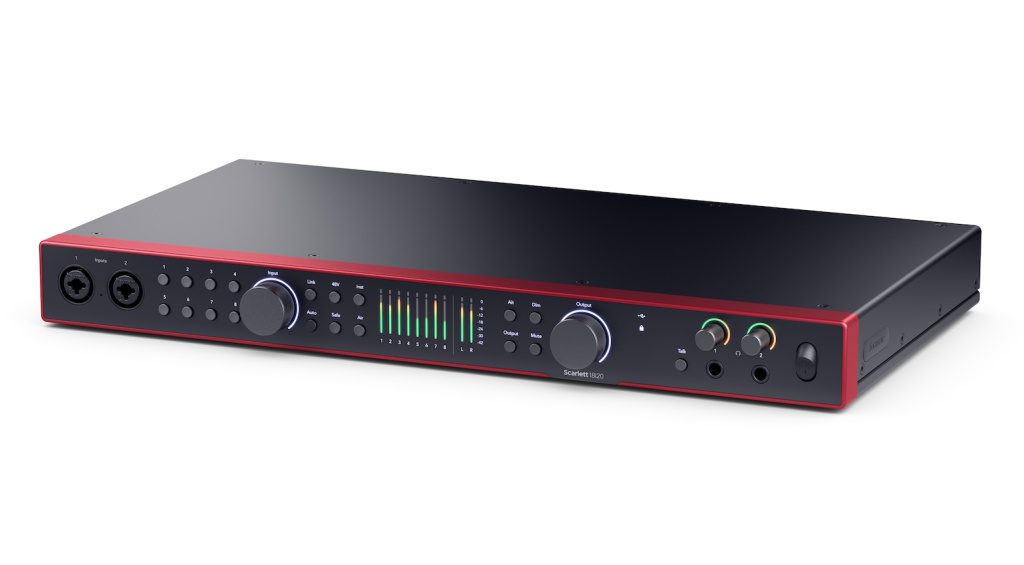
Multichannel audio interfaces generally start around $400-$500 and give you eight combo inputs that can be configured for microphones, instruments, and high-gain guitar signals. What’s more, some of these allow you to expand the number of inputs and connect additional multichannel preamps via ADAT, so you have 16 channels to work with.
However, keep in mind that your CPU will be pushed harder if you plan on tracking high channel counts at 96 kHz in your DAW. If this is your expectation, you should first investigate to see if your system will handle the load before you look at adding a multichannel interface to your setup.



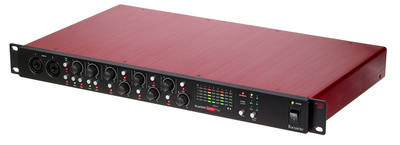
Multitrack Recording: Using a Multitrack Recorder
If you don’t feel like upgrading your computer or worrying about ADAT connectivity, you can simply use a dedicated multitrack recorder instead. This will compartmentalize your operation, so you will have separate pre- and post-production stations. Depending on whether you’re getting an engineer to mix your songs or taking the DIY route, this may complicate things, so make sure it makes sense in your workflow.
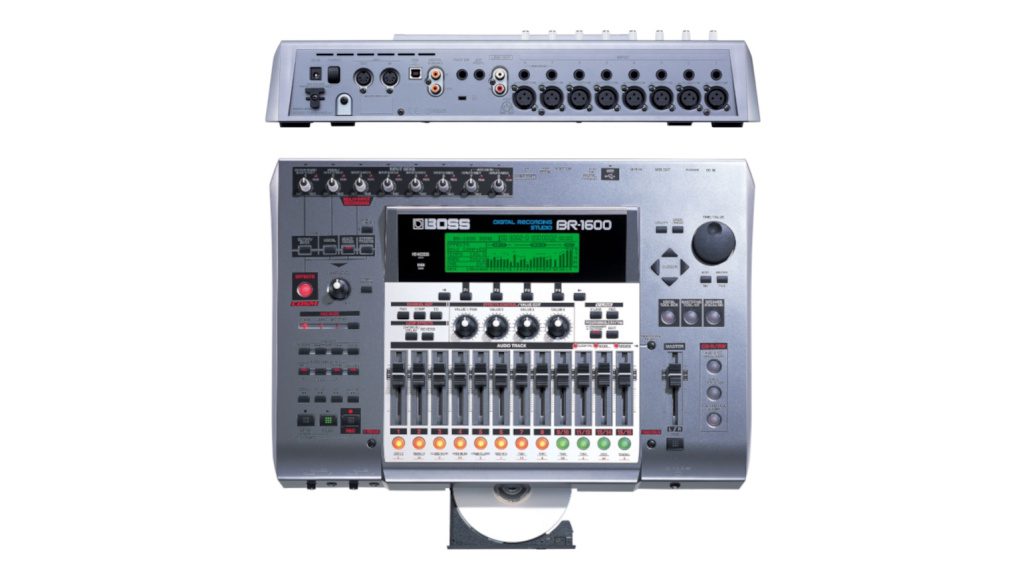
If it does, digital recorders usually track to SD cards, and they have a range of other features too, such as built-in mixers, audio interfaces, and effects. For this reason, you should take a look at the spec sheet, so you aren’t paying for features you won’t end up using. Most recorders will even let you create a rough stereo mix, which you can use later as a reference.
Overall, the beauty of taking the old-school approach and using a dedicated multitracker is the freedom. As a standalone, portable device, it’s easy to set up in your rehearsal space and record an entire band without affecting the atmosphere like you would if you took the musicians into a professional studio environment.


Multitrack Recording: Monitoring
Monitoring is a crucial part of achieving accurate recordings, especially when you’re working with multiple live instruments. If you’re dealing with a professional live act, chances are that they already have decent in-ear monitoring systems, but you may still require a distributor to send headphone signals to each performer.
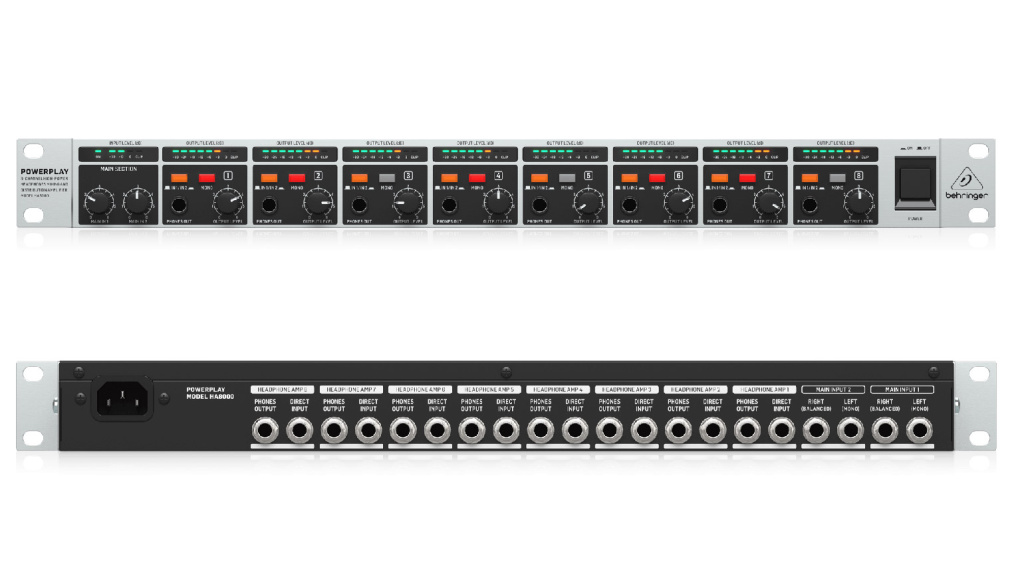
Some still prefer recording with stage monitor wedges, but we don’t all have the environment for high SPLs. Instead, most of us end up using closed-back headphones with decent isolation and some kind of distributor box that can send multiple signals and control their separate levels. When looking at this type of equipment, it’s good to know the difference between a headphone amp and a distributor.
While a headphone amp provides the power to drive different types of headphones with different (especially high) impedance ratings, a distributor simply splits the signal and controls the volume. You do get those that do both like the Sonifex Redbox RB-HD6, but they are expensive, and you can get eight stereo headphone channels for just over $100 with the Behringer HA8000 V2.

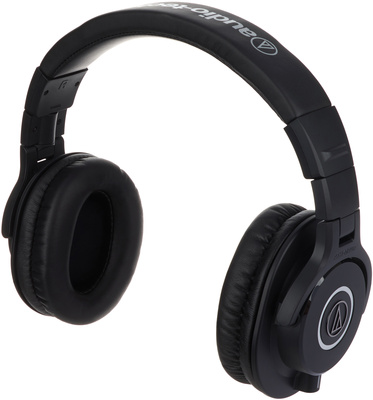

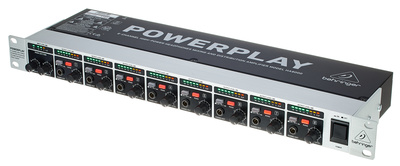
Multitrack Recording: Microphones
When recording bands at a basic level, it’s helpful when each performer has the correct mic or DI box for their respective setup. However, not every musician thinks this far ahead. So if you plan on recording bands regularly, it’s a good idea to be prepared. This part requires some basic knowledge about microphones and when to use dynamics vs condensers.
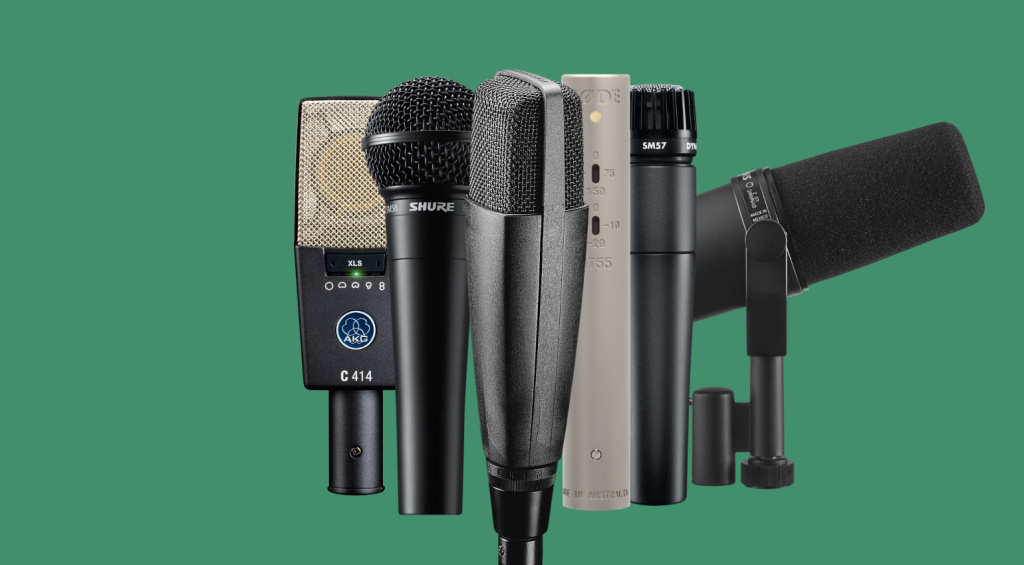
Also, it’s important to scale your budget according to your application. This means that buying $1000 mics is not necessary for recording a band in your garage. For the price of an SM57, of which you’ll need at least three or four, you can get five of the Behringer equivalents (SL 75C).
For capturing kick drums and toms, you’ll need something with a larger diaphragm, which is why broadcast dynamics are often the preferred choice. Instead of going all out on an RE20 or MD421, check out some more affordable options like the t.bone MB 7 Beta and the Superlux R102. Don’t forget that most dynamic mics are low-output devices to optimize the gain for recording.

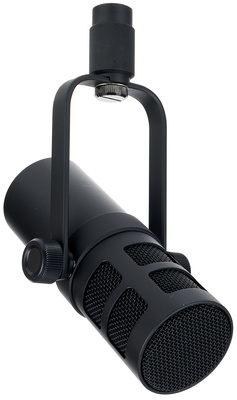



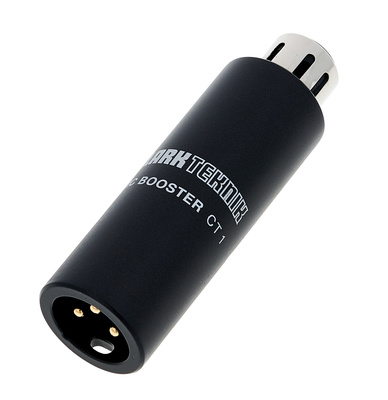
More about Multitrack Recording:
*Note: This article contains promotional links that help us fund our site. Don’t worry: the price for you always stays the same! We will receive a small commission if you buy something through these links. We appreciate your support!
4 responses to “Multitrack Recording for Bands”


 4,1 / 5,0 |
4,1 / 5,0 | 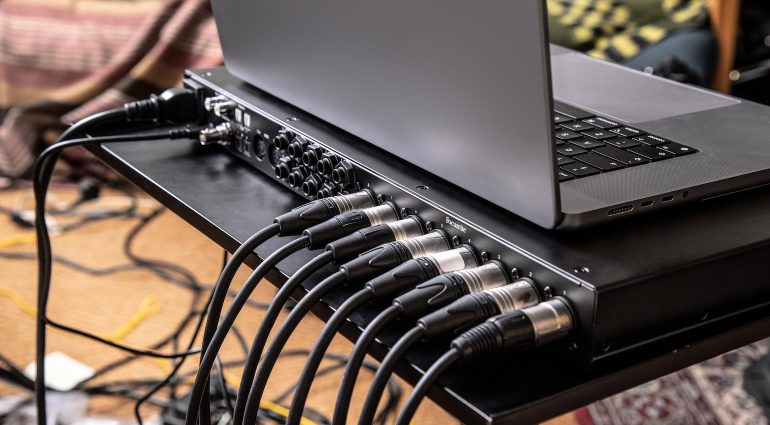


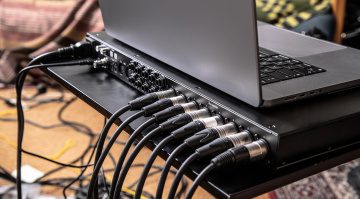

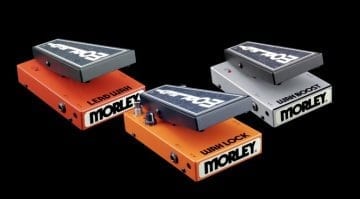
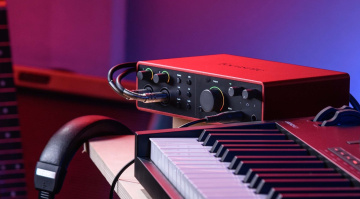
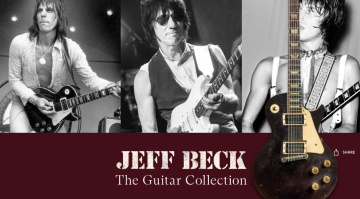
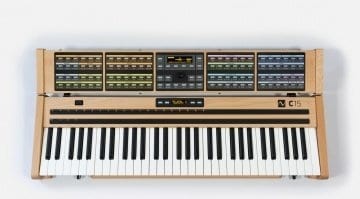
good
“The term ‘Multitrack Recording’ may sound rather antiquated” 😅
No it’s not. That’s what it is. You’re still “multitracking” as opposed to recording to 2 track or mono. Cool thing is it’s only limited by memory. But how many tracks do you really need? Once you get guitars, bass, drums, vox & keys – that’s already a pretty full sound. Big background vox can push the count up plus solos or counter melodies. I never did understand the “200 track” mixes I sometimes read about.
The 200 tracks you read about are mostly Movie soundtracks which can be over 1000. However I’ve had some artist who have pushed our 192 track system!
A recording with lots of tracks is usually one the has effects returns sperated from the raw recording. It is easy to fill tracks quick with separate reverb, chorus, delay, compression, xciter, phase shift, pitch correction, and the like per track. By recording these returns on separate tracks you have infinate mix possibilities. But you burn lots of tracks, especially on orchestral recordings.